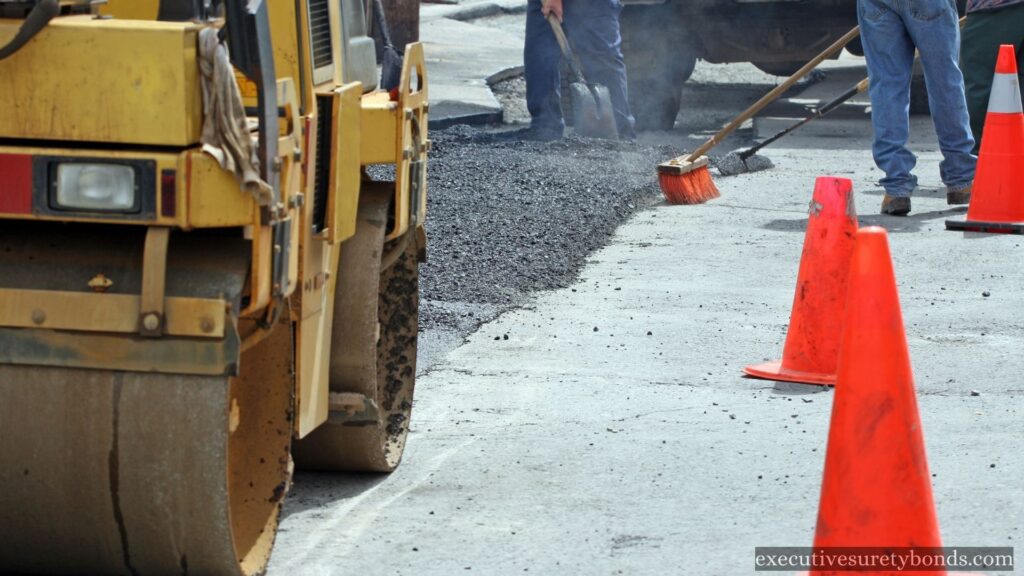Get An Instant Quote on Bureau of Land Management – Oregon State Office – Logging Road Right of Way Individual Bond Now
Introduction to Bureau of Land Management – Oregon State Office – Logging Road Right of Way Individual Bond
In the picturesque landscapes of Oregon, the Bureau of Land Management (BLM) plays a pivotal role in managing the state’s extensive public lands. One crucial aspect of this management is the Logging Road Right of Way Individual Bond, a financial commitment that helps ensure responsible use of these lands for logging purposes. This article will delve into the intricacies of the Logging Road Right of Way Individual Bond, offering a comprehensive understanding of its purpose, application process, and significance in Oregon’s rich history of land conservation and sustainable resource management.
Understanding the Logging Road Right of Way Individual Bond
The Logging Road Right of Way Individual Bond is a financial assurance instrument required by the Bureau of Land Management in Oregon to ensure the responsible construction and maintenance of logging roads on public lands. Logging roads are essential for the timber industry, providing access to remote areas for timber harvesting. To balance this vital economic activity with environmental stewardship, the BLM enforces stringent regulations, including the need for a bond. This bond is a financial commitment that logging companies must make before obtaining authorization to construct and use roads on public lands.
The Purpose and Significance
- Environmental Protection: The primary purpose of the Logging Road Right of Way Individual Bond is to protect the environment. Oregon’s public lands are home to diverse ecosystems, wildlife, and pristine watersheds. Logging roads can pose significant environmental risks, including erosion, sedimentation, and habitat disruption. By requiring a bond, the BLM ensures that companies adhere to strict construction and maintenance standards, mitigating these risks and preserving Oregon’s natural beauty.
- Responsible Resource Management: Oregon’s timber industry is a cornerstone of the state’s economy, providing employment and economic stability for many communities. By implementing the bond requirement, the BLM ensures that logging roads are constructed and maintained with integrity, promoting responsible resource management that benefits both the environment and the economy.
- Financial Responsibility: The Logging Road Right of Way Individual Bond acts as a financial safeguard. It holds logging companies financially responsible for any damage or violations that occur during the construction and use of logging roads on public lands. If violations occur, the bond is used to cover the costs of remediation or restoration, reducing the burden on taxpayers and ensuring accountability.
Application Process
Applying for a Logging Road Right of Way Individual Bond is a comprehensive process that involves several steps. Logging companies must demonstrate their financial capacity and commitment to environmental responsibility before obtaining the bond. The application process typically includes the following steps:
- Pre-Application Consultation: Before applying for the bond, logging companies consult with the BLM to understand the specific requirements and expectations. This step helps ensure that the company is well-prepared for the application process.
- Bond Amount Determination: The BLM calculates the bond amount based on factors such as road length, construction cost, and potential environmental risks. The bond amount varies depending on the project’s scope and complexity.
- Financial Capacity Assessment: Logging companies must provide financial documentation to prove their capacity to cover the bond amount. This documentation may include financial statements, credit reports, and other relevant financial records.
- Bond Application Submission: Once the financial capacity assessment is complete, the logging company submits a formal bond application to the BLM, including all necessary documentation.
- Bond Issuance: After a thorough review of the application and financial documents, the BLM may issue the Logging Road Right of Way Individual Bond to the logging company, allowing them to proceed with road construction on public lands.
Conclusion
Oregon’s natural beauty and rich timber resources are precious assets that need responsible stewardship. The Logging Road Right of Way Individual Bond serves as a vital tool in balancing the economic interests of the timber industry with the need to protect the environment and ensure responsible resource management. By requiring logging companies to commit financially to the responsible construction and maintenance of logging roads, the Bureau of Land Management plays a pivotal role in safeguarding Oregon’s public lands for future generations. This bond not only offers financial assurance but also symbolizes a shared commitment to the sustainable coexistence of economic growth and environmental conservation. In the lush landscapes of Oregon, the Logging Road Right of Way Individual Bond represents a path towards a greener and more prosperous future.
Frequently Asked Questions
Can the Logging Road Right of Way Individual Bond be used for environmental restoration and conservation projects?
Uncommon as it may be, some entities may inquire about the potential alternate uses of the bond funds. While the primary purpose of the bond is to cover costs related to damage and violations during road construction, it’s possible, in some cases, for bond funds to be repurposed for approved environmental restoration and conservation projects. This may occur if a logging company demonstrates a strong commitment to environmental stewardship and negotiates such arrangements with the BLM. However, this is subject to agency approval and is not a common practice.
Is it possible for non-timber industries to obtain a Logging Road Right of Way Individual Bond?
Unusual though it may be, there could be scenarios where entities not directly involved in the timber industry may need to construct and maintain roads on public lands for other purposes, such as infrastructure development or research projects. In these cases, they might need to secure the bond. The eligibility and approval process for such non-timber-related bond applications can be more complex and less common but may occur, demonstrating the flexibility of the bond in ensuring responsible land use beyond logging.
Are there any alternative financial instruments that can be used instead of the Logging Road Right of Way Individual Bond?
Uncommonly, some companies might explore the possibility of alternative financial instruments or methods to fulfill their obligations to cover potential damages and violations. While the bond is the standard and most common choice, alternative financial arrangements, such as self-insurance or other surety options, might be considered under certain circumstances. However, such alternatives would need to meet the BLM’s stringent requirements and demonstrate the same level of financial security, making them a relatively less common choice.


